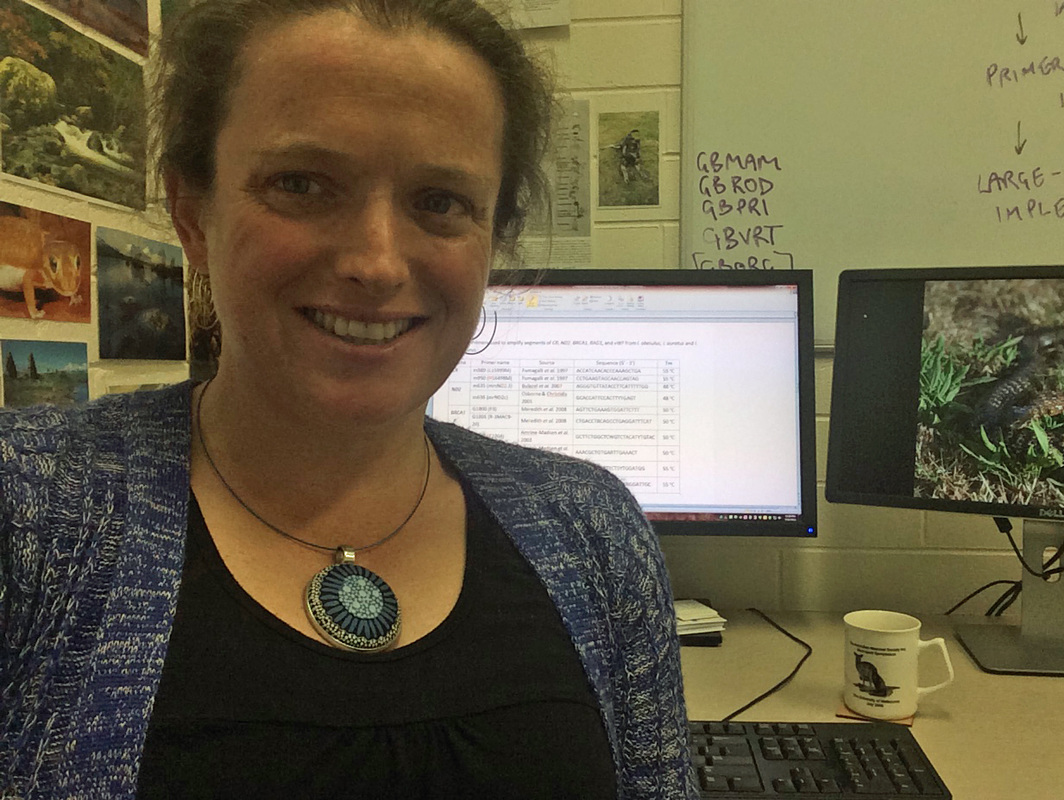Anna MacDonaldI'm a biologist with interests in genetics, conservation, ecology, invasive species, and wildlife management. Archives
May 2019
Categories
All
|
Back to Blog
Click here to read the full post at WildlifeSNPits. When is a native species also invasive, and how can we tell? This may seem a strange question, but it highlights the difficulty we sometimes face determining the boundaries of the area in which a species naturally occurs. Especially when detection is imperfect and those boundaries may change over time. Animals move. Plants move. Sometimes a species will naturally move into a new area, and we recognise this as a range expansion. At other times, a species may only be able to move to a new area with human help (deliberate or unintentional), and this may create a new, invasive population. Think about Australia. If I asked you to name an invasive mammal, you might choose a fox, cat, rabbit or pig. These are clearly not native to Australia. What if I ask you to name a native mammal? Maybe you chose a red kangaroo or a wombat? They are both native to Australia, but they are not native to ALL of Australia. If we were to move a native species to a new part of the country where it had never previously occurred, it may not find the resources it needs to survive, but if it did, we may have created a new invasive population – an invasive native... Photo credit Dejan Stojanovic
0 Comments
Read More
Back to Blog
Click here to read the full post at WildlifeSNPits:
Today, 13th August, is Ada Lovelace Day, which celebrates the achievements of women in STEM (science, technology, engineering and mathematics) fields. Ada Lovelace was one of the first women admitted to the Royal Astronomical Society and is regarded by many to have been the first computer programmer. To mark the occasion, we thought we’d take a look at our own “typical” experiences as women in STEM, through a series of three “day in the life” posts. I’m first up, posts from Emily and Stephanie will follow over the next few days (edited 16/10/2015: you can now read Emily’s post here and Stephanie’s post here).
Back to Blog
Click here to read the full post at WildlifeSNPits:
If you open a few recent journals with a focus on conservation or ecology, the chances are that you won’t be too far away from a paper that uses environmental DNA (eDNA). In fact, Biological Conservation currently has a special issue on environmental DNA as a tool for conservation, which I’ve added to my reading list for #365papers. Genetics has been a handy tool for conservationists for a few decades now, and since the 1990s non-invasive genetic analyses, have become increasingly common. More recently, the revolution in high throughput and massively parallel DNA sequencing technologies has allowed us to tackle questions that were thought impossible even just a few years ago, including complex investigations of mixed environmental samples. You can measure biodiversity from the DNA in a soil or water sample. You can study the diets of cryptic predators through genetic analysis of their faeces. It’s all very exciting! |
 RSS Feed
RSS Feed


